Heritage Cuts Both Ways

Gallery links below
An old friend ran the Aragon Ballroom back in the days when it was Chicago’s version of Bill Graham’s Fillmores. He told me that contemporary rock bands that didn’t know any better would insist on being higher on the bill than Sha-Na-Na. After all, Sha-Na-Na was an oldies act, with gold lame suits and greaser shtick. Sha-Na-Na, however, were great entertainers and they would kill the audience. Bowser would come to the edge of the stage, spit something out about “f’in hippies” and by the end of the set the hippies would be dancing in the aisles. The musicians who insisted on higher billing would afterwards insist on never following Sha-Na-Na again. Sometimes, though, following a great act can inspire greatness too, as when Mick Jagger and the Rolling Stones reluctantly followed James Brown on the TAMI Show. Performing music or introducing new cars, you don’t want to be upstaged and if you do happen to follow your inspirations, you had better be inspired.
Car companies like to bask in the reflected glory of previous accomplishments of their firms, even if those accomplishments might have been a generation, or a century, ago. That explains why automakers will bring out historical examples of their nameplates to auto shows. At the Detroit show, the new Alfa Romeo 4C Spyder at its official world introduction shared the stage with two prewar Alfa racers and a Tipo 33 Stradale. Also at the NAIAS, Honda had their first car to win in Formula One, their RA272, which won the Mexican Grand Prix in 1965 with R. Ginther at the wheel. A month later, at the Chicago auto show, the wall behind the Toyota display had archival photos of historic vehicles from the company and on the show floor there was a 2000GT. The Stradale, F1 Honda and 2000GT are great examples of what their makers have done in the past, but the problem with bringing them out for an auto show is that people may benchmark what you currently sell against them, if not literally, than certainly emotionally. Also, they can overshadow and distract from the new products that are being revealed.
While the Alfa Romeo 4C seems to charm most who drive it, the Type 33 Stradale is one of the great Alfas. The Stradale has a sensual shape that was one of the major contributors to its era’s automotive aesthetic sensibilities and it’s considered by many to be one of the most beautiful cars ever. Not a few think it’s the most beautiful car ever made. It’s also one of the rarer cars around. A quick check says that only 18 of the roadgoing Stradales were made, each by hand and only 10 are known to still exist.
Not only did FCA and their folks running Alfa in North America risk overshadowing their new product with the Stradale, they compounded the problem by hiring a distractingly beautiful Italian-American model to stand near the 4C coupe and the new Spyder. At both the Detroit and Chicago shows, when I was at the Alfa booth I noticed that photographers were taking photos of her and the Stradale more than of the new Alfa Romeos.
Soichiro Honda was a racer by heart and when it was still generally regarded as the maker of 50-90cc motorbikes, the Honda company raced and succeeded at the highest level of automotive motorsports, demonstrating to themselves an to anyone who bothered noticing that Honda was an engineering force to be reckoned with. 2015 is the 50th anniversary of that racing success, which explains why Honda had the F1 car on display.
Dario Franchitti, who drove Honda powered Indycars before his retirement had the opportunity to drive the RA272 at the Motegi circuit in Japan. He says that the transversely mounted 48 valve 1.5 liter V12 “probably has the best sound of any car I’ve even driven, or heard.”
That F1 car up on the Honda stand may have been too distracting. Even though I spent time in the Honda display taking more than a dozen photos of the Ginther race car (and as you can see in the photos, I wasn’t the only one shooting the F1 car) I can’t tell you, offhand, exactly what vehicles Honda introduced at the Detroit show (it was the FCV fuel cell car).
At the Chicago Auto Show, Toyota’s press conference was mostly about special editions of the Avalon, Camry and Corolla, said to be influenced by Toyota’s sportier S trim lines. Our editors here have discussed how a post on the Camry will get substantially more traffic and comments than one on a desired-by-enthusiasts performance car. Also, my friend Mr. Baruth has pointed out that a properly equipped Camry can scoot pretty good on the road and on the track. Those things may be so, but you’ll have to excuse me if I believe that all of your reading this post who aren’t currently in the market for an Avalon, Camry or Corolla or one of their competitors would walk right past those special editions to get a look at the 2000GT. Again, you can see in the photos that there were photographers, whose job it was to take photos of new products, hanging around the heritage car, not the new reveals.
The headline says that heritage cuts both ways, so I suppose I should give an example of heritage done right at an auto show. One of the unqualified hits of the Detroit show was the new Ford GT. At the 2015 NAIAS in Detroit, the Ford stand was laid out so that before you saw that new GT on it’s turntable, you walked past examples of Ford’s and the GT’s heritage, a 2005 Ford GT and the car that inspired both that and the new GT, a roadgoing 1965 version of the LeMans winning Ford GT40.
When you talk about automotive rock stars, the GT40 is right up there. In the long run it’s even a more important and better known car than the Alfa Stradale, certainly among North American car enthusiasts, so I suppose that Ford was taking a greater risk of overshadowing their new car than Alfa was. However, people poured right past the GT40 and the new GT’s 2005 older brother as they thronged around Ford’s new sail-paneled supercar at the NAIAS. A month later, the new GT was one of the hits of the Chicago Auto Show, a relatively rare occurrence for a car that already had debuted elsewhere. I guess I could say that means that the new Ford GT is indeed inspired.
Ronnie Schreiber edits Cars In Depth, a realistic perspective on cars & car culture and the original 3D car site. If you found this post worthwhile, you can get a parallax view at Cars In Depth. If the 3D thing freaks you out, don’t worry, all the photo and video players in use at the site have mono options. Thanks for reading – RJS

Ronnie Schreiber edits Cars In Depth, the original 3D car site.
More by Ronnie Schreiber
Latest Car Reviews
Read moreLatest Product Reviews
Read moreRecent Comments
- Redapple2 Wall Street Journal yesterday. A story on how fed requirements for carbon sequestration will close natural gas and coal elect generating plants. In the mean time, elect demand to double. BEV cars, AI, Crypto, population. Severe Shortage obvious. Add in 6-8 yr approval of transmission lines, add 2-4 yrs construction of lines. Also adding to delay. 2-5 yr backlog of large transformers.WSJ today. Current Admin wants International Energy Conservation Code standards applied to house building. This will add $31,000 to the price of a standard house.Get they self to a red state. Pronto. (Except you libs/jacobins- please stay in your blue states)
- Tassos Newsmaxx tells me sustainability is a euphemism for socialism.
- Redapple2 Pass.1 profile pix shows massive C pillar.2 looks too much like trax.3 low mount headlamps4 1.5 turbo set to expire at 78,000 miles.5 33% US content. Hecho Mexico.
- Lou_BC "wait until 30 minutes after eating" My strategy for reading TTAC ;)
- THX1136 "Meet the new boss, same as the old boss" P. Townsend



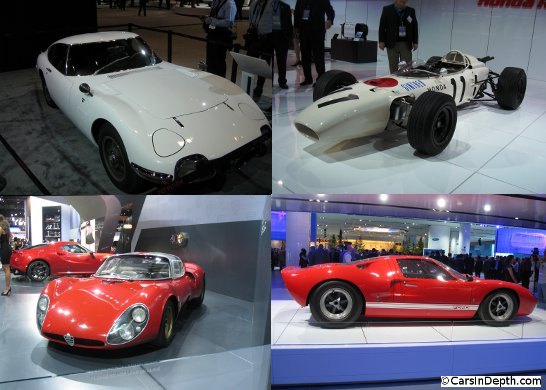


























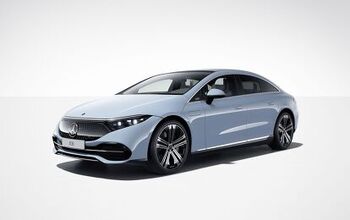

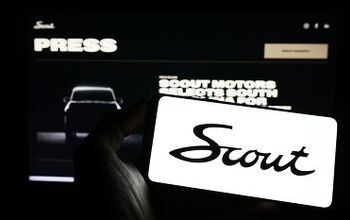


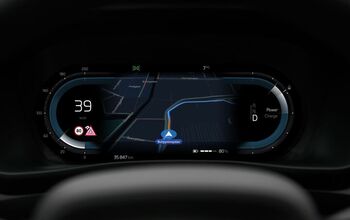

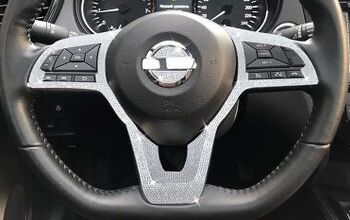

Comments
Join the conversation
I've always maintained that Toyota should have made a greater effort to link the 2000GT and the LFA. Instead, they took greater pains to distance Lexus from Toyota. Not an inspired move.
I know this is off topic, but I can't believe you mentioned Mick Jagger and the TAMI show. I didn't think anybody knew about that anymore. I saw it on PBS a couple of years ago and bought the DVD. That show was the last occassion on which Mick stood at the microphone and sang. And the reason for that, and his subsequent career, was that he saw James Brown in action. One of the greatest filmed concerts and damn near the first. It's worth it just to see the Beach Boys when they were still playing as a five man group. Dennis was flailing on those drums like Keith Moon. There may be a lesson there.